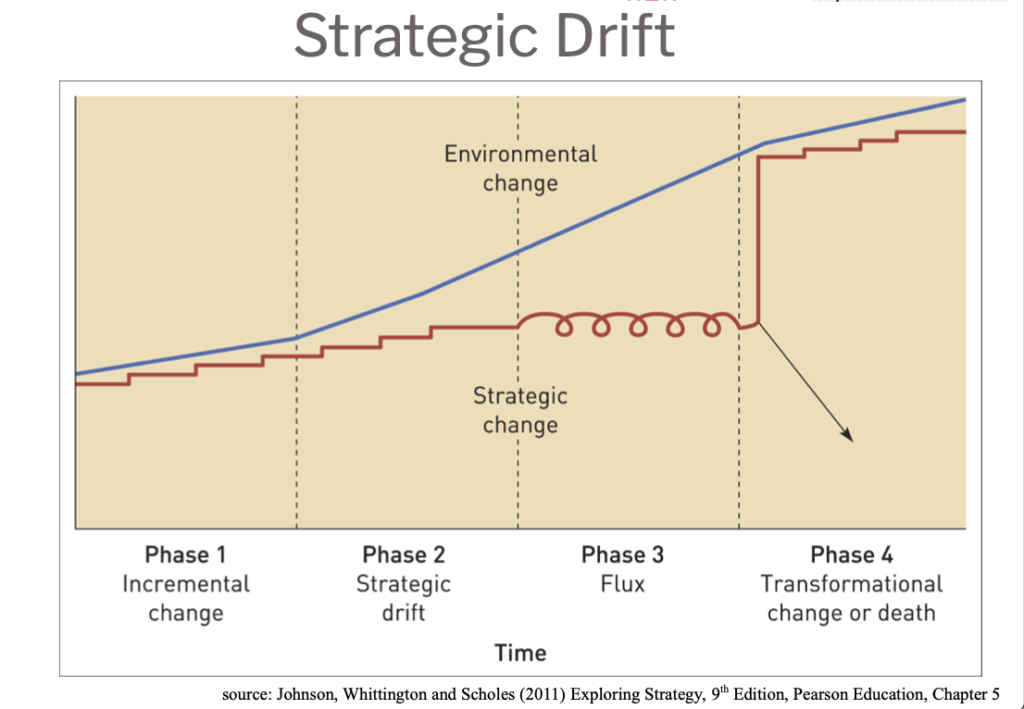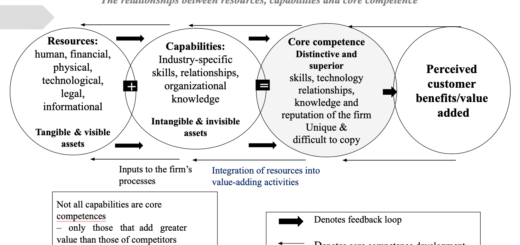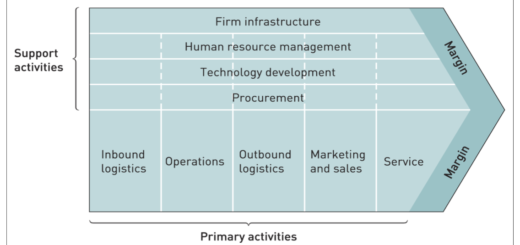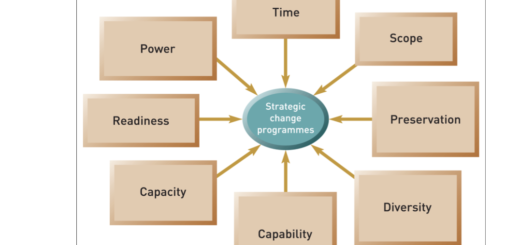Strategic Drift
Strategic drift is the tendency for strategies to develop incrementally on the basis of historical and cultural influences but fails to keep pace with a changing environment. According to Whittington, strategic drift occurs when “the strategy of the firm is no longer in alignment with its internal and external environment.”

Strategic drift is a phenomenon that occurs when an organization’s strategy gradually becomes misaligned with its environment, resulting in a loss of competitive advantage and a decline in performance. This can happen for a variety of reasons, including a failure to adapt to changes in the business environment, a lack of innovation, or a lack of alignment between the organization’s strategy and its core capabilities.
When an organization experiences strategic drift, it may find itself facing a number of challenges, including declining sales, reduced profitability, and a loss of market share. In some cases, the organization may even face the risk of failure or bankruptcy.
Example:
An example of strategic drift can be seen in the case of Kodak, a once-dominant player in the film and camera industry. In the 1990s and early 2000s, Kodak experienced a period of rapid change in the photography industry, as digital cameras and online photo sharing emerged as major competitors to traditional film and prints.
Despite this shift, Kodak failed to adapt its strategy, instead doubling down on its existing film and print business. This strategy was further undermined by a lack of investment in digital photography technology, leaving the company unable to compete with upstart digital photography companies.
Over time, Kodak’s strategy became increasingly misaligned with the changing business environment, leading to a decline in market share, profitability, and ultimately bankruptcy. This is a classic example of strategic drift, in which an organization’s strategy becomes misaligned with its environment, leading to a decline in performance and competitiveness.
The Tendency Towards Strategic Drift
Strategies fail to keep pace with environmental change because:
- Steady as you go – reluctance to accept that change requires moving away from strategies that have been successful.
- Building on the familiar – uncertainty of change is met with a tendency to stick to the familiar.
- Core rigidities – capabilities that are taken for granted and deeply ingrained in routines are difficult to change even when they are no longer suitable.
- Lagged performance effects – the financial performance of the organization may hold up initially (e.g. due to loyal customers or cost cutting) masking the need for change.
Challenges for managing strategy development and implementation
- Multiple strategy development processes – most organizations will develop a strategy involving several approaches.
- There is no one right way to develop a strategy but the context can be important.
- Organizational ambidexterity – exploiting existing capabilities while exploring new capabilities.





You should take part in a contest for one of the best blogs on the web. I will recommend this site!